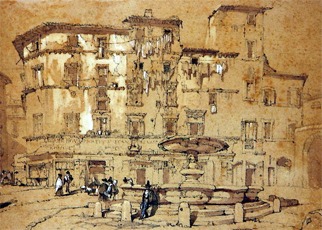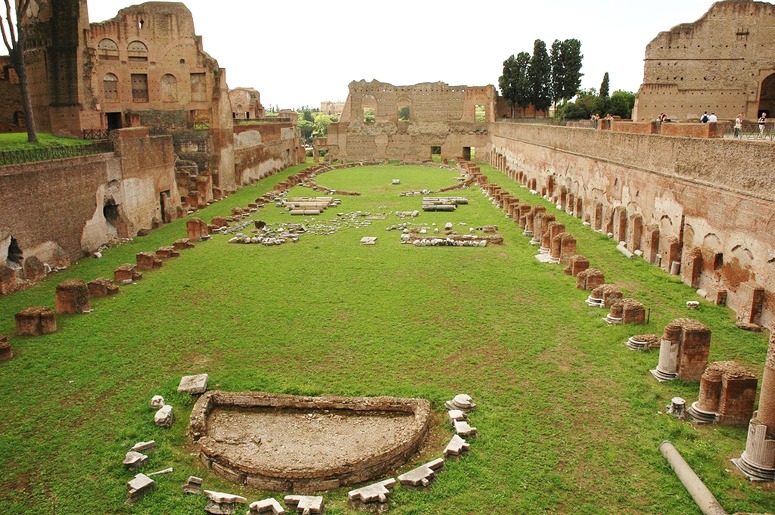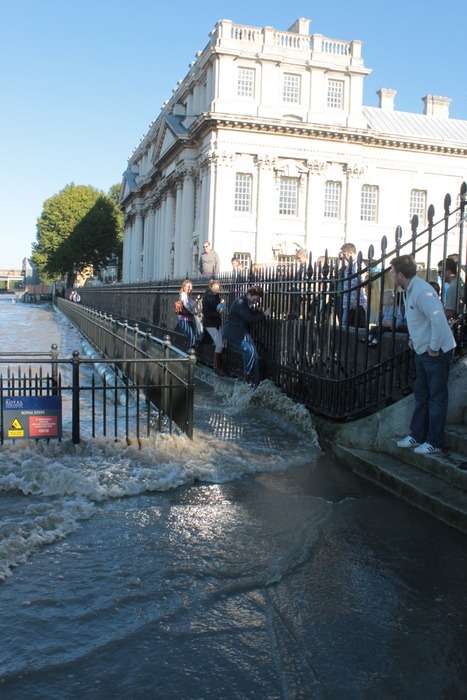
 John Ruskin was one of the most brilliant writers of the nineteenth century. We all tread in his picturesque footsteps when exploring foreign cities and taking street photographs. But take care. Ruskin wrote that “Yesterday, I came on a poor little child lying flat on the pavement in Bologna – sleeping like a corpse – possibly from too litte food. I pulled up immediately – not in pity, but in delight at the folds of its poor little ragged chemise over the thin bosom – and gave the mother money – not in charity, but to keep the flies off it while I made a sketch. I don’t see how this it to be avoided, but it is very hardening.” Or was he a hard man? The beautiful Effie Gray (right) thought him oppressive. Her marriage to Ruskin was never consumated because, it is said, he knew of female beauty only from marble statues and was horrified to discover that real girls had pubic hair. Effie divorced Ruskin and had 8 children by his friend, the Pre-Raphaelite painter, Sir John Everett Millais.
John Ruskin was one of the most brilliant writers of the nineteenth century. We all tread in his picturesque footsteps when exploring foreign cities and taking street photographs. But take care. Ruskin wrote that “Yesterday, I came on a poor little child lying flat on the pavement in Bologna – sleeping like a corpse – possibly from too litte food. I pulled up immediately – not in pity, but in delight at the folds of its poor little ragged chemise over the thin bosom – and gave the mother money – not in charity, but to keep the flies off it while I made a sketch. I don’t see how this it to be avoided, but it is very hardening.” Or was he a hard man? The beautiful Effie Gray (right) thought him oppressive. Her marriage to Ruskin was never consumated because, it is said, he knew of female beauty only from marble statues and was horrified to discover that real girls had pubic hair. Effie divorced Ruskin and had 8 children by his friend, the Pre-Raphaelite painter, Sir John Everett Millais.
Above image of India courtesy Dey Alexander. Below drawing, by Ruskin, of Piazza Santa Maria del Pianto, Rome.





